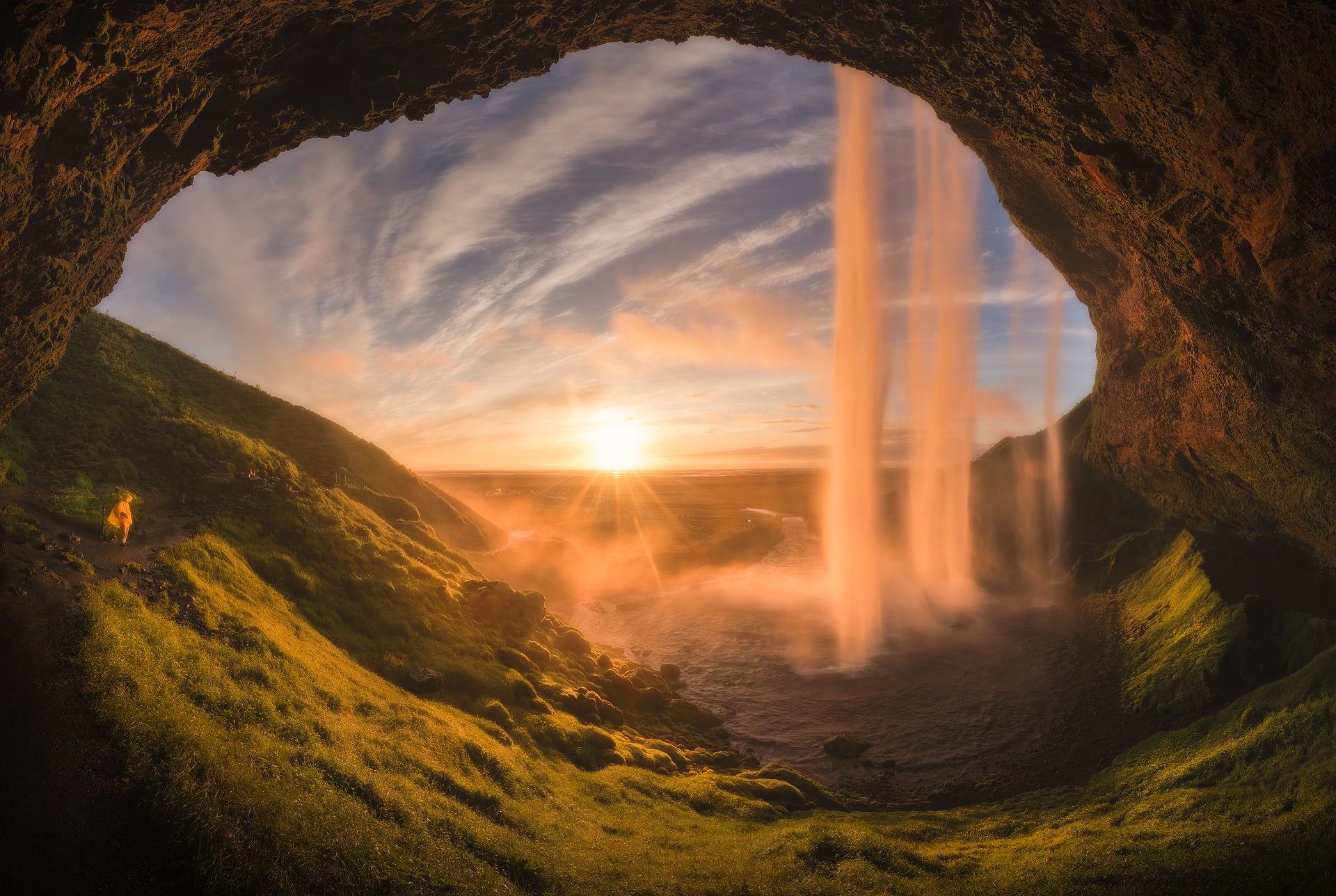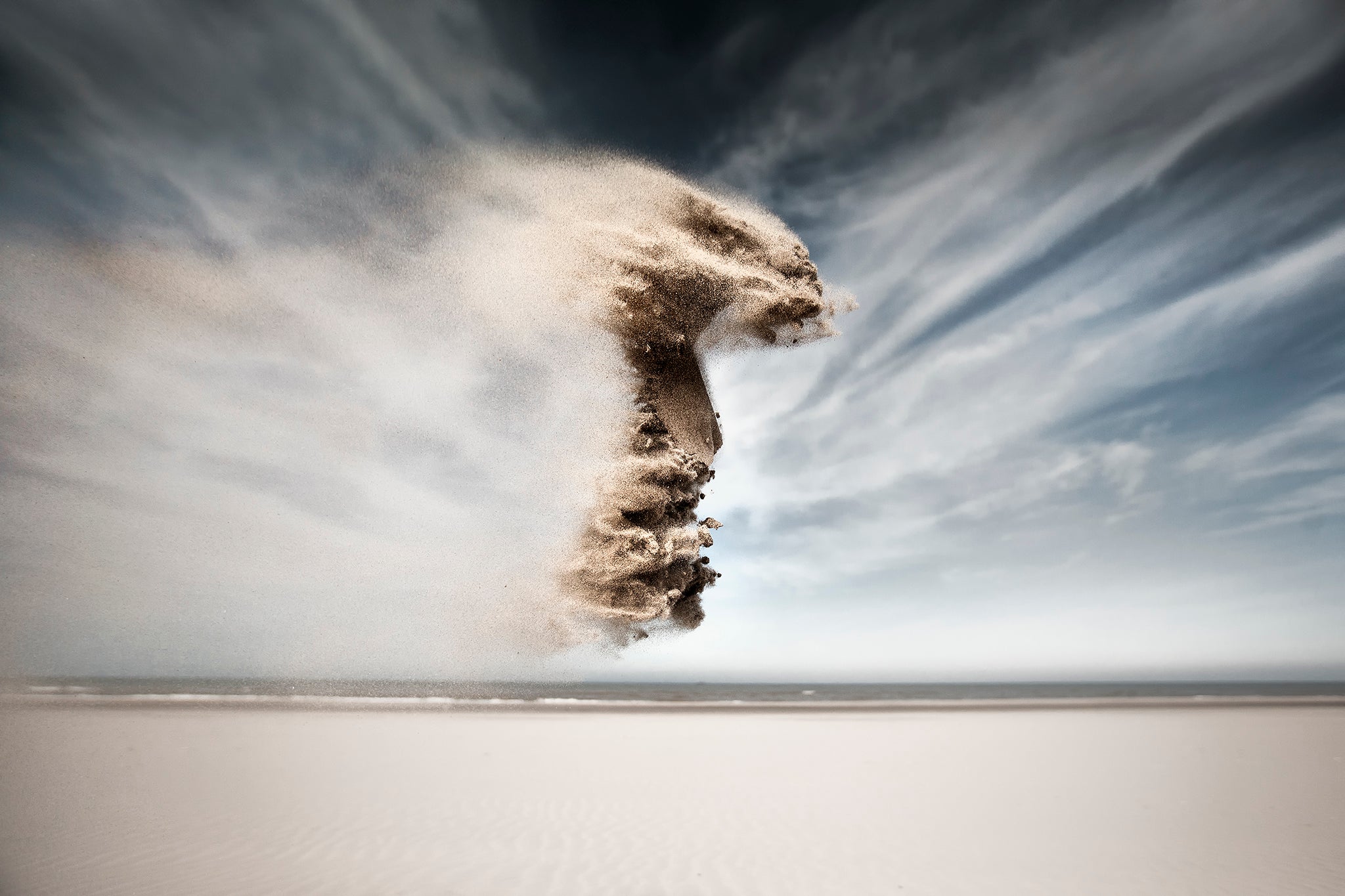
India is one of the leading places in the world to travel to for wildlife photography. Being based there means that wildlife photographer, Harsha Narasimhamurthy, is perfectly placed to capture the oftentimes extraordinary action.
- Check out these South America Photo Tours and Workshops
- Explore these articles on Landscape and Nature Photography
- Discover How to Take Sharp Landscape Photos in Windy Conditions
This photography mentor has taken his passion for animals one step further, delving into the realm of animal welfare and conservation. This week, we had the opportunity to chat with Harsha about how he got his start in photography, where he most likes to photograph and one of the most interesting encounters which he has experienced in-field.
 Harsha Narasimhamurthy is a wildlife photographer who is based in India. Photo by: 'Harsha Narasimhamurthy'.
Harsha Narasimhamurthy is a wildlife photographer who is based in India. Photo by: 'Harsha Narasimhamurthy'.
Hello Harsha! Thank you for joining us this week. For our readers who may be unfamiliar with your work, could you please tell us a little bit about yourself and your photographic journey? Where did your love for photography come from and how did you break into wildlife photography?
I am a professional wildlife photographer who works for India's premium travel and photography company, Toehold. I hold a Commerce degree and was passionate about wildlife right from my childhood. Six years ago, I picked up my first camera and it's been a journey since then. Ever since, I have been passionate about animals. A thought of freezing those beautiful moments made me grab a camera and shoot.
Your travels have taken you to a myriad of beautiful and exciting areas, all around India. Which locations have stood out for you the most? Is there any place in particular that holds a special place in your heart?
Me being a tiger lover, I would rate Ranthambhore National park in India as one of my favourite places to visit. Bandipur Tiger reserve, located in southern India, is one place which holds a very special place in my heart.
 There are many national parks in India, teeming with wildlife photography opportunities. Photo by: 'Harsha Narasimhamurthy'.
There are many national parks in India, teeming with wildlife photography opportunities. Photo by: 'Harsha Narasimhamurthy'.
- See also: Namibia Wildlife Photography Tour
What is the biggest lesson that you’ve learned so far during your photography career?
To be calm, patient and to work relentlessly to achieve your goals.
How do you use your photography to tell the story of the animals that you encounter? What do you try to capture when you shoot? What do you hope people will take away from your images?
For me, photography is a digital art and I love telling stories through my images. I consider it to be a powerful tool to create awareness about conserving nature and its elements. I love to capture the natural behaviours of the species I shoot.
 Harsha uses his images to tell a story of the wildlife that he photographs. Photo by: 'Harsha Narasimhamurthy'.
Harsha uses his images to tell a story of the wildlife that he photographs. Photo by: 'Harsha Narasimhamurthy'.
Tell us a bit about your favourite subjects to shoot and the planning that can go into capturing a certain animal’s behaviour.
Big cats are my favourite subject to shoot. Before every trip, I call my guides and drivers to collect the activity data of the park to ensure that tracking the cats gets easier.
What is one of the most inspiring encounters that you’ve had whilst shooting in-field?
One of the most interesting incidents was when a tiger cub failed to kill a chital fawn he had just caught and was struggling – seeing him struggle as his mother came out of nowhere and taught him how to get his kill. This reminded me of how amazing that a mother teaching a child can be.
 Harsha has captured many fascinating moments on camera. Photo by: 'Harsha Narasimhamurthy'.
Harsha has captured many fascinating moments on camera. Photo by: 'Harsha Narasimhamurthy'.
- See also: The Best Lenses for Wildlife Photography
What qualities are important for a photographer to have in order to be successful in the industry? How would you encourage wildlife photographers to approach photography during their trips?
To be passionate about what they want to do. In wildlife, the major requirement is the love for nature and the respect for animals. I would urge people to understand their subject better in order to achieve good results with a camera.
You are currently a photography mentor and you host a number of educational photo workshops in India. Tell us a bit about your work with Toehold. What types of services do you provide? What can people learn by joining one of these tours?
Yes, I have been with Toehold for the last 5 years and I would proudly say i have trained a lot of people to this date. We are a travel and photography company and we have expertise in photography and its related services. We conduct photography tours across a lot of destinations. In fact, we have trips across six continents. We are into photography workshops, guided photography tours, personalised tours for FITs, camera rentals and now we are expanding our business to doing group tours where people come and explore at a budget. Our tours offer a lot of learning with fun. It's about having fun while you learn.
 Harsha works as a photography mentor for Indian travel photography agency, Toehold. Photo by: 'Harsha Narasimhamurthy'.
Harsha works as a photography mentor for Indian travel photography agency, Toehold. Photo by: 'Harsha Narasimhamurthy'.
The impact of location-specific tourism upon nature, wildlife, culture and the environment is a discussion that often accompanies travel photography on social media these days. What are your thoughts on this?
Ecotourism is a boon if followed ethically, as it helps the parks generate a lot of revenue which can be used for animal welfare and conservation.
How do you teach your workshop participants to respect the wildlife and nature during a tour?
The basic rule is to respect wildlife and not stress your subject, only then I feel you would be able to achieve your target of making good pictures.
 It is important to respect the wildlife. Photo by: 'Harsha Narasimhamurthy'.
It is important to respect the wildlife. Photo by: 'Harsha Narasimhamurthy'.
You’ve had your work published by major outlets such as the Daily Mail and The Sun. What advice do you have for aspiring photographers to get their work noticed in the public domain?
Instagram helped me get noticed; using the right hashtags and posting regularly helps. When in the field, be very alert to not miss things as action can start suddenly and finish at the blink of eye.
One thing that comes up for a lot of photographers is how the need to document everything during their travels prevents them from being in the moment. How do you balance the creative process with simply enjoying your time, wherever you are?
I first tell people to enjoy themselves through their eyes and then look through their camera. The joy of watching it can never be beaten.
 Enjoy yourself first before snapping a photo. Photo by: 'Harsha Narasimhamurthy'.
Enjoy yourself first before snapping a photo. Photo by: 'Harsha Narasimhamurthy'.
- See also: Africa Photo Safaris and Workshops
What is your dream assignment? What steps do you need to take to achieve this dream?
There are a lot of places on my bucket list. I would like to explore more places in Africa and also would love to photograph a polar bear someday.
What’s next for you and where do you hope to take your photography in the future?
I am very happy with what I'm doing and would love to improve from here everyday. For me, a new day means a lot of new learning.
 Harsha lives in a country with extraordinary wildlife. Photo by: 'Harsha Narasimhamurthy'.
Harsha lives in a country with extraordinary wildlife. Photo by: 'Harsha Narasimhamurthy'.
Thank you for sharing your thoughts with us today! Do you have any final words of advice for our readers?
Never get disheartened with not being noticed or popular, it takes time to learn. Patience is one thing which everyone should have. Push yourself into learning new things and get more creative in the way you see. If you want to be successful, start making content which people want to see, rather than what you want them to see.
For more information on Harsha Narasimhamurthy's work, you can visit him at his website or find him on YouTube and Instagram.
Follow in Harsha's footsteps and capture the animals of the wild! Check out our range of international photo tours and photography workshops.












